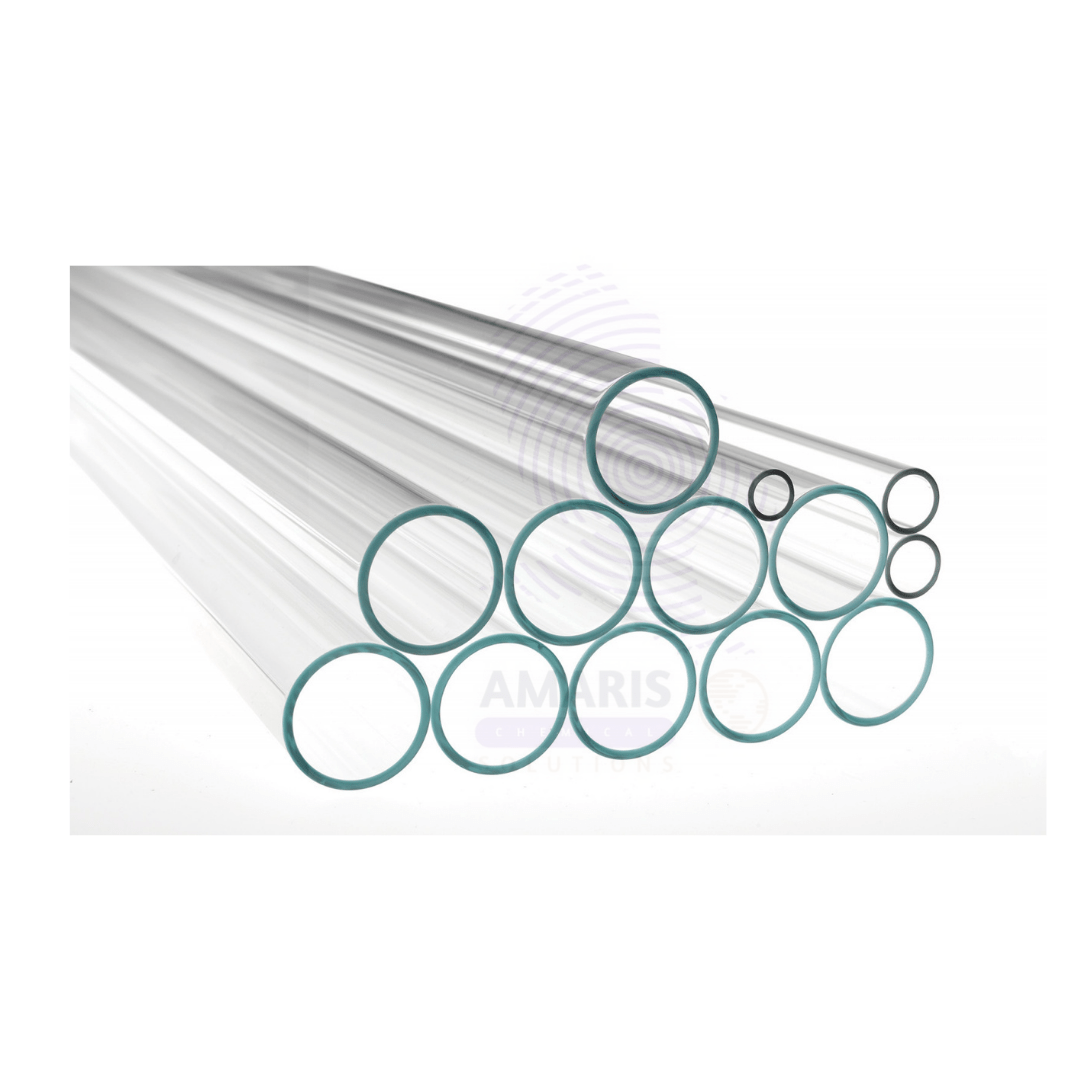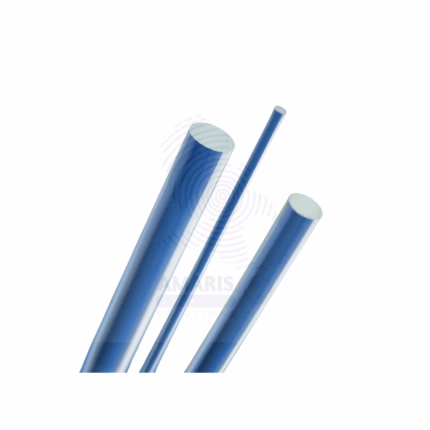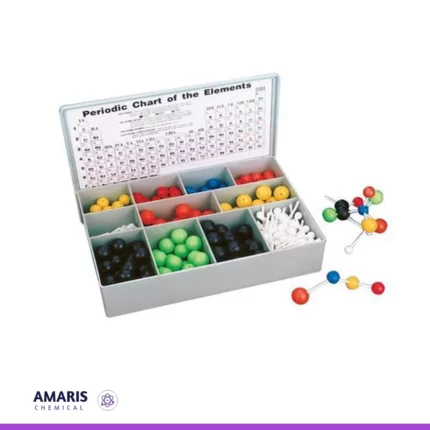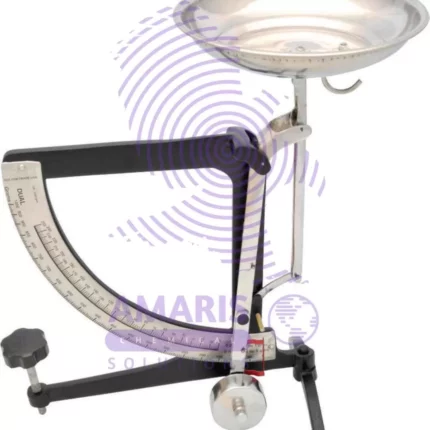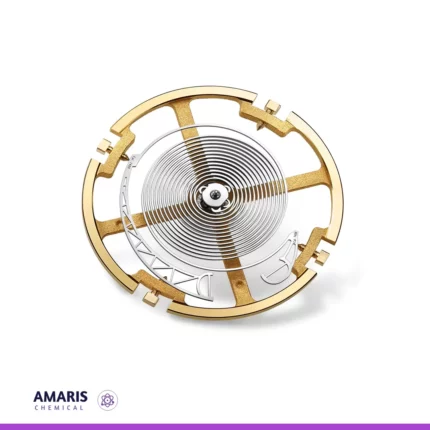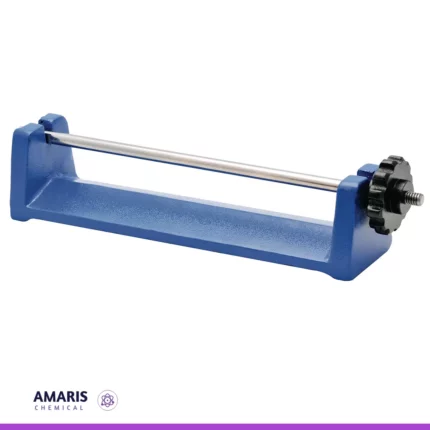
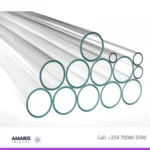
Back to products
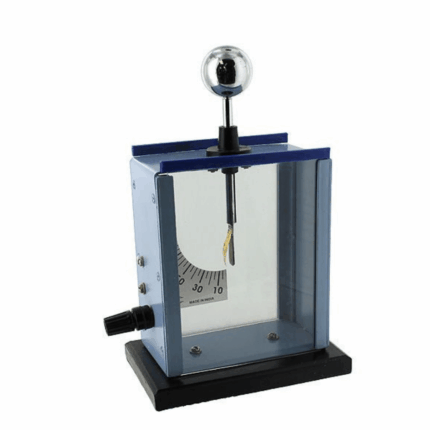

Gold Leaf Electroscope
$1,800.00 Original price was: $1,800.00.$1,700.00Current price is: $1,700.00.
Glass Tubing
$500.00 Original price was: $500.00.$400.00Current price is: $400.00.
Whatsapp Order
Glass tubing is a versatile material commonly used in various scientific, industrial, and decorative applications. It is typically made from borosilicate glass, which is known for its low thermal expansion and high resistance to thermal shock, making it ideal for laboratory use.
SKU:
ACS29438CHEM0
Category: Special Laboratory Equipment
Description
Table of Contents
ToggleUses of Glass tubing
1. Manufacture of Laboratory Apparatus
- Test Tubes: Glass tubing is cut and shaped into test tubes, which are essential for holding, mixing, and heating chemical substances.
- Pipettes: Used for transferring precise volumes of liquids, glass pipettes are made from drawn glass tubing.
- Burettes: Graduated glass tubes with a stopcock at one end, used for titrations.
- Condensers: Glass tubing is used to make condensers for cooling vapor in distillation processes.
2. Fluid Transfer and Flow Systems
- Connecting Tubes: Used to connect various pieces of lab equipment, allowing the transfer of gases or liquids between them.
- Capillary Tubes: Very fine glass tubes used for tasks such as drawing small quantities of fluids or for chromatography.
3. Reactions and Heating
- Reaction Tubes: Glass tubing can be used to construct reaction tubes for carrying out small-scale chemical reactions.
- Heating Elements: Glass tubing can be used to hold and heat samples in controlled conditions due to its resistance to thermal shock.
4. Measurement Instruments
- Manometers: U-shaped glass tubes filled with liquid (such as mercury or water) used to measure pressure differences.
- Gas Syringes: Glass syringes connected via glass tubing are used to measure and manipulate gases.
5. Gas Handling and Sampling
- Gas Collection: Glass tubing is often used in setups for collecting and analyzing gases produced in reactions.
- Gas Sampling Tubes: Used to capture and analyze gaseous samples from various environments or reactions.
6. Distillation and Separation
- Distillation Columns: Made from glass tubing, these columns are essential for separating mixtures based on different boiling points.
- Fractionating Columns: Used in fractional distillation to improve the separation of mixtures.
7. Chromatography
- Chromatography Columns: Glass tubing is used to make columns for liquid chromatography, which are used to separate chemical mixtures.
8. Protective and Insulating Uses
- Sheaths for Thermocouples: Glass tubing can encase thermocouples, protecting them from corrosive substances.
- Insulating Tubes: Used to insulate wires or other components in high-temperature environments.
9. Specialized Uses
- Optical Systems: Sometimes glass tubing is used in optical instruments for its clarity and purity.
- Spectroscopy: Glass tubing can be part of setups for spectroscopic analysis, where it helps guide and contain light or samples.
Related products
Atomic Model Set
$0.01
A lab atomic model set is a collection of physical models and materials designed to represent the structure of atoms and molecules. It is commonly used in educational and scientific laboratory settings to visually demonstrate the arrangement of protons, neutrons, and electrons within an atom, as well as the bonding patterns between atoms in molecules. These sets typically include colored balls of various sizes representing different types of atoms, as well as connectors or magnets to simulate chemical bonds between them. The purpose of these sets is to help students and researchers better understand the principles of atomic and molecular structure in a tangible and interactive way.
Balance lever
$0.01
The best definition of a balance lever is a simple machine that consists of a rigid bar or beam that pivots around a fixed point called the fulcrum. It is used to compare the weights or forces of two objects and determine if they are in equilibrium (balanced) or if one side is heavier than the other (unbalanced).
The balance lever operates on the principle of torque, where the torque (rotational force) exerted on one side of the fulcrum is equal to the torque on the other side when the system is in equilibrium. This principle is expressed by the formula: Torque = Force × Distance from fulcrum.
By placing known masses or weights on one side of the lever and an unknown weight on the other side, the balance lever can be used as a weighing scale. When the lever is in balance, the two sides are equal in weight or force. This concept has been widely used in various applications, from traditional weighing scales to more complex systems like seesaws or construction equipment.
balance spring
$0.01
Barlows wheel apparatus
$0.01
The Barlow's wheel apparatus is an experimental device used to demonstrate the conversion of electrical energy into mechanical energy through electromagnetic principles. It consists of a horizontal wheel or disk with radial metal spokes attached to its center. The wheel is mounted on an axle, allowing it to rotate freely.
bell in vacuum with air pump with plate
$0.01
A "bell in vacuum" apparatus is a scientific setup used to demonstrate the effects of reduced air pressure (vacuum) on sound transmission. It typically consists of a bell or sound-producing object enclosed within a sealed chamber from which air has been removed, creating a low-pressure environment. This apparatus is designed to illustrate how sound travels differently in a vacuum compared to in normal atmospheric conditions, highlighting the role of air molecules in sound propagation.
Bernoulli Tube Apparatus
$0.01
The Bernoulli tube apparatus, also known as a Venturi tube apparatus, is a scientific device used to demonstrate the principles of fluid dynamics, particularly the Bernoulli's principle. It consists of a specially shaped tube with a constricted region, often referred to as a Venturi section. When fluid (liquid or gas) flows through the tube, the constricted section leads to changes in pressure and velocity according to Bernoulli's principle, which states that as the velocity of a fluid increases, its pressure decreases and vice versa. This apparatus is commonly used in educational settings to visually illustrate how the flow of a fluid can affect its pressure, helping to explain various phenomena like lift in aircraft wings, fluid flow through pipes, and more.

